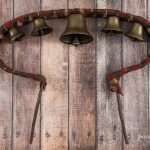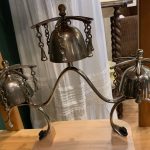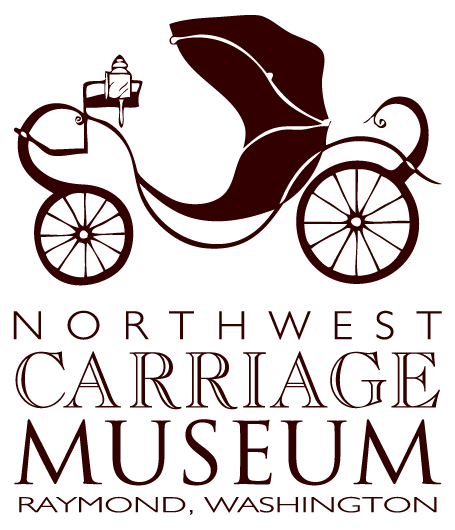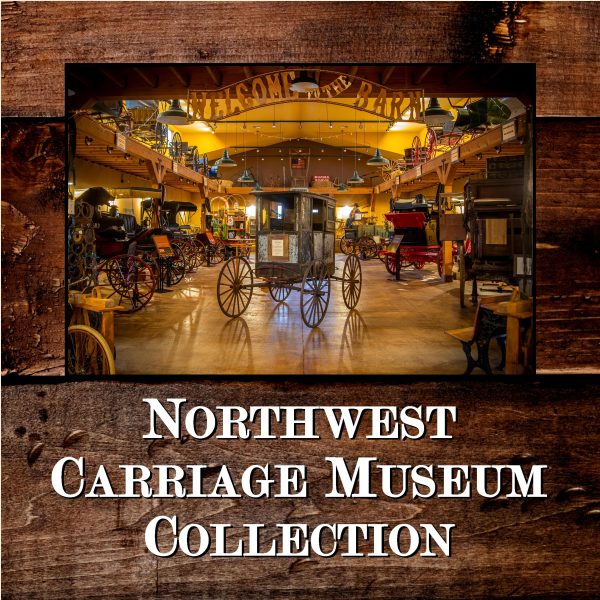There were many types of bells used on horse-drawn sleighs back in the 19th century. There were of course the “jingle bells” or “crotals” that we now keenly associate with Christmas–the round, enclosed bell that contains a captured “jinglet”–but there were also open bells with a fixed clapper, and chimes of all shapes and varieties. These bells had more purpose than merely the romantic effect and beautiful sound: Snow-covered streets with sleighs whispering behind a horse made very little noise, so the bells signaled oncoming traffic and were mandated by law in many cities. Pictured on the left is a hame bell which were bracketed to the hames attached to the horse collar. In the middle are pole/shaft bells which attached to the sleigh shafts for single horses or to the pole for two horse setups–they could either mounted to the top or suspended below the shaft or pole. On the right is a saddle chime which was attached to the back saddle on the harness. Bells were usually brass and plated nickel, gold or silver, based on the customer preference. Our museum has an incredible collection of sleigh bells… come on in and take a look!
360-942-4150
laurieb@nwcarriagemuseum.org





